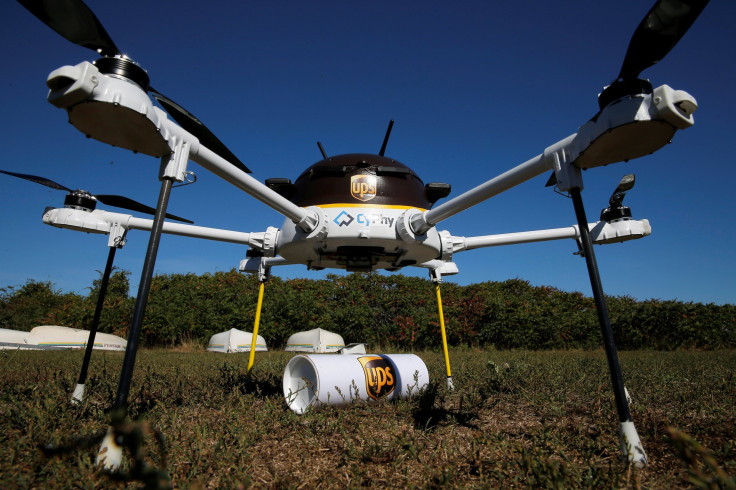NASA Finds AI-Powered Drones May Be Safer Than Human-Flown Ones

Drones controlled by humans may soon give in to ones flown completely using artificial intelligence, a new experiment by the NASA Jet Propulsion Laboratory (JPL) has demonstrated.
In the demonstration, NASA researchers pitted a human-controlled drone against one controlled by AI. The findings were published on NASA’s website and a video of the race was uploaded on its YouTube website Tuesday.
"We pitted our algorithms against a human, who flies a lot more by feel. You can actually see that the A.I. flies the drone smoothly around the course, whereas human pilots tend to accelerate aggressively, so their path is jerkier," Rob Reid, the project's task manager, said in a press release.
The race was held on Oct. 12 and is part of the drone autonomy research funded by Google.
Researchers at JPL have developed a vision-based navigation algorithm for spacecraft and are now applying the same algorithm to drones. To check how the algorithm works, they created an obstacle course for the drone to pass through.
The researchers then had professional drone pilot Ken Loo chart the same course.
Their findings may surprise you.
The researchers found that while the AI-controlled drone took an average 13.9 seconds to complete a lap, Loo could do it only in 11.9 seconds.
So essentially, a professional drone pilot could actually beat artificial intelligence on an obstacle course. But what the researchers found when they analyzed the performance of the drones during the race was that drones flown by AI — even though they were slower than human-controlled drones — were actually more cautious and consistent. Unlike the AI-controlled drone, Loo — a skilled pilot — was able to perform maneuvers like an aerial corkscrew, which led him ahead of the AI-powered drone.
When an AI-powered drone was blinded by a fast motion blur while speeding, it would slow down in order to restore its vision so that it could chart its course better.
One other factor that the researchers took into consideration was that the AI drone could chart the course repeatedly, while after some time, even Loo was tired.
"This is definitely the densest track I've ever flown. One of my faults as a pilot is I get tired easily. When I get mentally fatigued, I start to get lost, even if I've flown the course 10 times," Loo said in the press release.
The findings basically point in one direction — drones running on artificial intelligence may actually do a better job than humans since they are more consistent in charting their course. Unlike humans, they can move back to stable speeds from higher ones easily — their reaction time to situations evidently is better than humans.
Not just that, once the algorithms improve according to usage, these drones can actually do a better job than humans, even in terms of speed.
"Our autonomous drones can fly much faster. One day you might see them racing professionally!" Reid from JPL said in the press release.
© Copyright IBTimes 2024. All rights reserved.





















